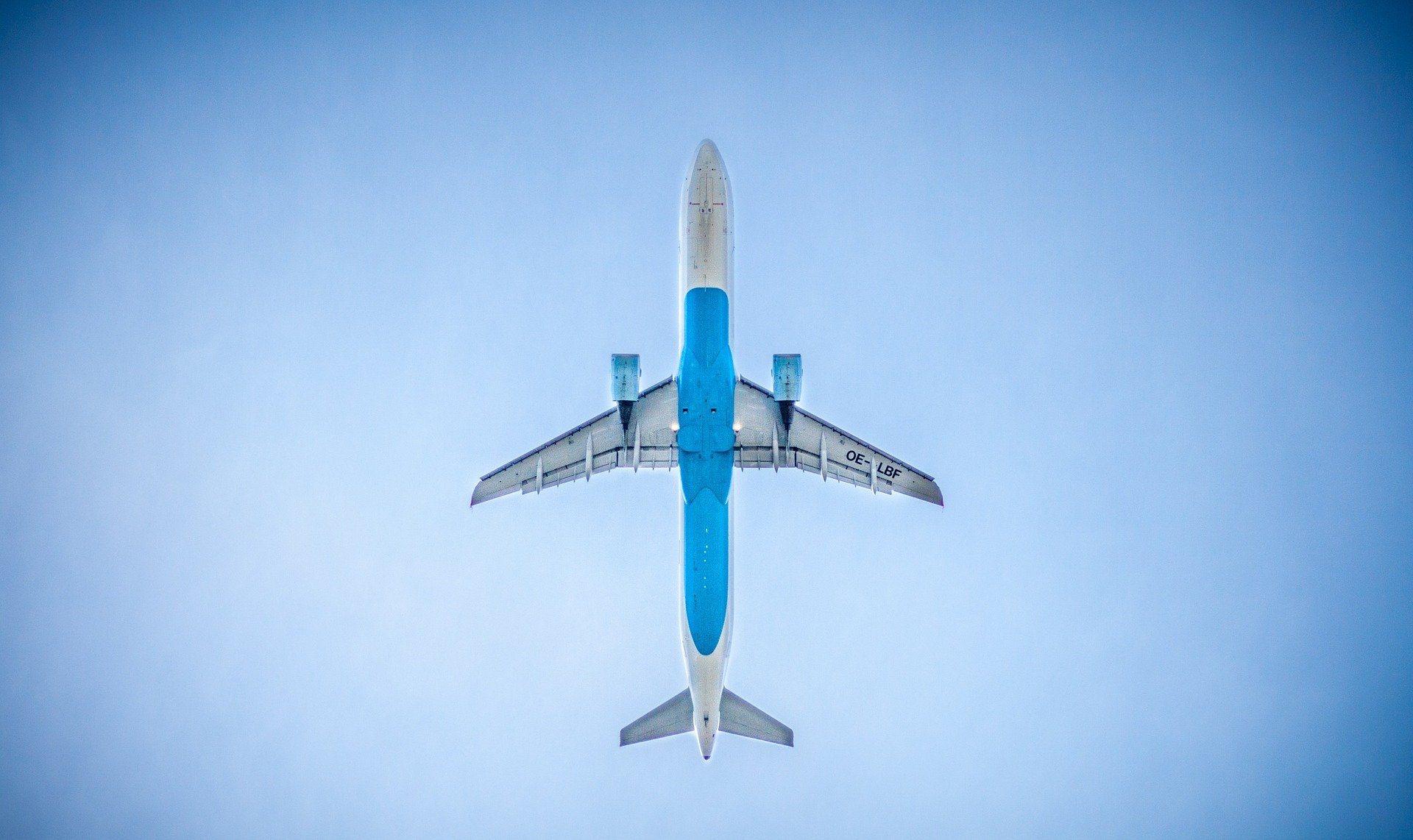
Frequent flyers representing only 1% of the world’s population contribute 50% of annual global aviation carbon emissions. But any realistic long-term solution will not punish them.
1% Of People Account For 50% Of Aviation Emissions
The figure sounds pretty bad, doesn’t it? 1% of people contribute 50% of the problem? But what exactly is the problem? Aviation accounts for only 1.9% of the world’s greenhouse gas emissions. That’s not to minimize the role travelers play, but does put it in perspective. Cruise ships, for example, emit up to 4x more carbon dioxide emission per traveler than airplanes.
In 2018, 11% of the world’s population took a flight. 4% flew internationally. The top 1% of people (not flyers, mind you) flew at least 35,000 miles per year. As evidenced by aviation blogs like this one, U.S. air passengers contribute the biggest carbon footprint among wealthy countries. In fact, U.S. aviation emissions are more than the next 10 countries combined according to a study by Linnaeus University in Sweden.
But Stefan Gössling, who led the study, seems to have the wrong idea.
“If you want to resolve climate change and we need to redesign [aviation], then we should start at the top, where a few ‘super emitters’ contribute massively to global warming. The rich have had far too much freedom to design the planet according to their wishes. We should see the crisis as an opportunity to slim the air transport system.”
You can read the full study here.
What Is The Solution?
As View From the Wing notes, this cannot come merely through taxation. Making flying more expensive would make it solely the province of the wealthy – exactly the problem the Gössling laments.
It is also highly unlikely that citizens of developing nations will scale back their industrialization or citizens wealthy nations will be willing to cut back on their lifestyles. Thus, the only viable solution becomes innovation. A world that sent astronauts to the moon, unraveled the human genome, and managed to create a COVID-19 vaccine in less than a year certainly has the potential to combat carbon emission. We’re already seeing that in the next generation of aircraft and fuel and I look forward to seeing what scientists and entrepreneurs will develop in the years ahead.
Which leads me back to the headline statistic. What should we do? Stop flying? Tax the heck out of frequent flyers or premium cabin travelers? Gössling considers leisure travel to be unnecessary, stating, “A lot of travel is going on just because it’s cheap.”
Cutting leisure traffic is just the wrong solution. The joy and gratification and human connection and understanding and wisdom that comes through “leisure” travel may not be easily quantifiable, but is immensely valuable. The solution must be in innovation.
CONCLSUSION
Those that fly 35,000 miles per year are in the top 1%…not exactly a badge of honor when it comes to carbon emissions. But I think any sort of discussion that seeks to levy punitive damages against air travelers is dead on arrival. We will win the battle over carbon emissions, but it will come via technology and innovation, not a rolling back of economic progress aviation has made possible.




First time I’ve been in the 1%. Feels great 🙂
I like how taxation is the answer to everything.
Central governments know everything. It’s truly inspirational to witness…..
“Tax the heck out of frequent flyers or premium cabin travelers? ”
The UK already does the latter. Taxing inefficient aircraft (quadjets, older aircraft) is an option, but then you get Emirates disproportionately affected by that too..
Nope. A person just by existing is the biggest polluter. They take up resources that end up being polluting.
I have said it before if you have more than two kids and ever use govt. Aid, you should be castrated because you have no right to create something you can’t support.
But i think more generally if you want to tackle pollution then anyone with more then two kids should be castrated. Because you are using up more resources from the planet than is your right on an equitable basis.
Like carbon credits we can have castration credits. If you are very rich and have more kids you can buy these credits from people with 0 or 1 kids.
What you need to understand about this Matthew is these types of people are both climate change true believers and socialists. Hence the rejection of a technical solution that will lower pollution but still allow the more wealthy to fly. They also want no travel for leisure or to visit family–in there future utopia, if you want to regularly visit your family you had better move within walking distance of them. Future air travel to exotic destinations will be all but eliminated for the average person (unnecessary)–the only ones that will be allowed to partake will be government officials and their enablers (just like the California government junket to Maui just a few articles previous in your blog. And they are serious and have more followers than you may want to believe–a previous post even advocates forced castration by the government (and don’t tell me he was just joking, no he was signalling what he desires when the “right” folks obtain power)
So should the 35,000 miler be punished and taxed? Some say the tax rate in the 1950’s was 91% so tax those 35,000 miles 91%. Should those fat cats pay so that the rest of us can fly for free?
Flight-care for All, Paid for by the Rich?
Care-o-Meter time…….. let’s check it, what can it be registering……. oh look, it’s zero care factor…..
I’m with Dean. That’s a pretty exalted level. I wonder if I could get 1% bag tags. Perhaps in sky blue.
Flying comercial the miles per gallon is comperable to that of an efficient gas burning automobile. The time factor in driving from New York to Los Angelos incurrs additional carbon expenditures (compared to normal living “at home” for the time period). Point in short, such travel has less of a carbon imprint than other modes of travel in the US.
Now do we need to travel for no real reason from New york to Los Angelos is a question many travel blogggers need to answer.
This 1 out of 11 ratio the reference paper purports implies that the number of fliers making only two trips a year is greater than the 70% reported at an AA quarterly report some years ago.
If no one whose family is outside of the US wants to vist their family each year and we want to make the bussiness traveler less efficent, then we can reduce the 1% contribution due to air travel. But this is not without emotional and national productivity impacts.
Anyone who thinks we should reduce flying to combat anthropogenic climate change had better not be eating meat or having any children.
If feasible and large scale carbon capture can become available technology, there is an excellent case for taxation of air travel on emission related grounds. And until then, charging say a 1% of fare surcharge to fund research wouldn’t be silly to me.
yes there are problems with turning fare -> emissions caused but even a rough guide would be better than nothing